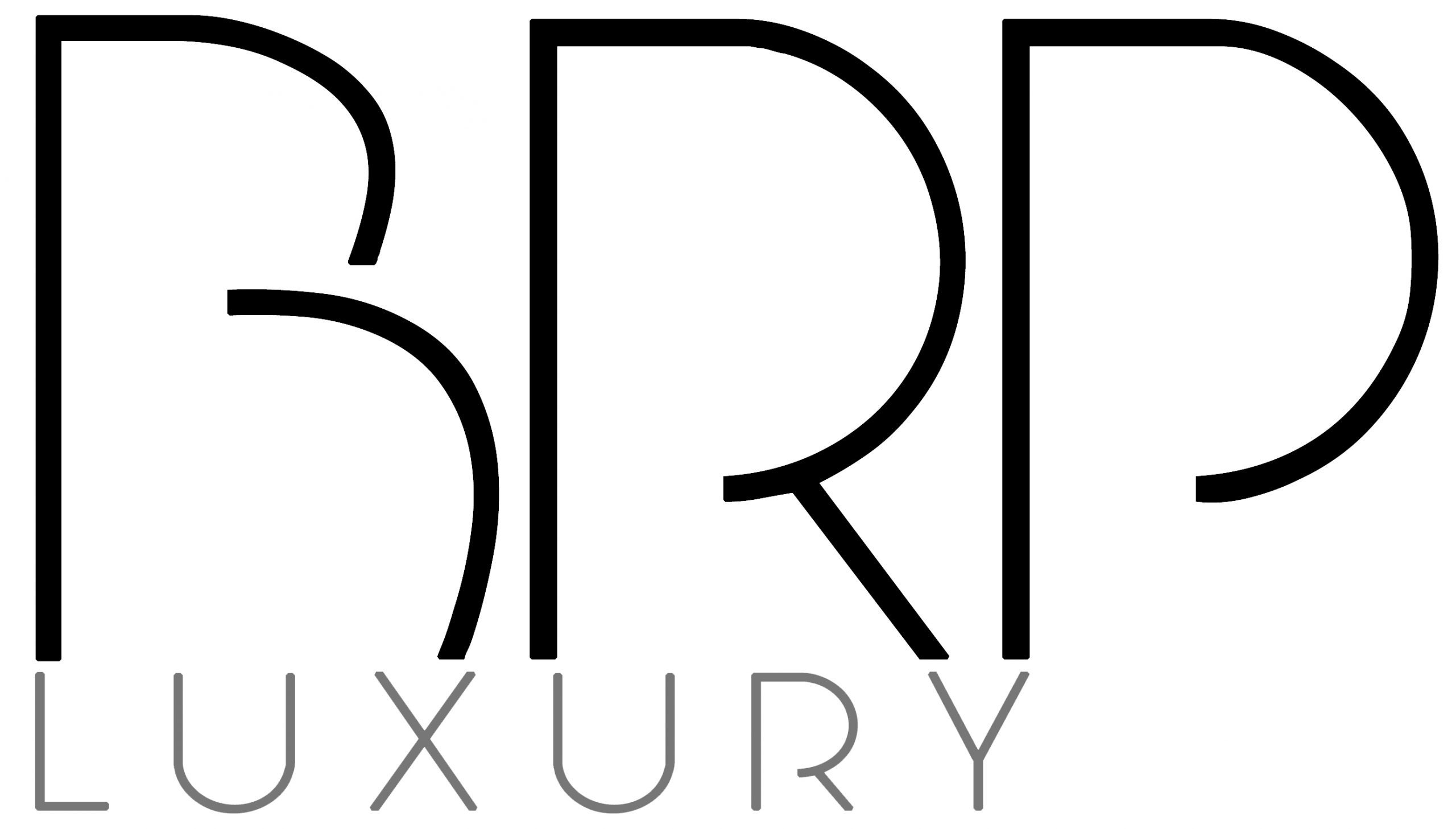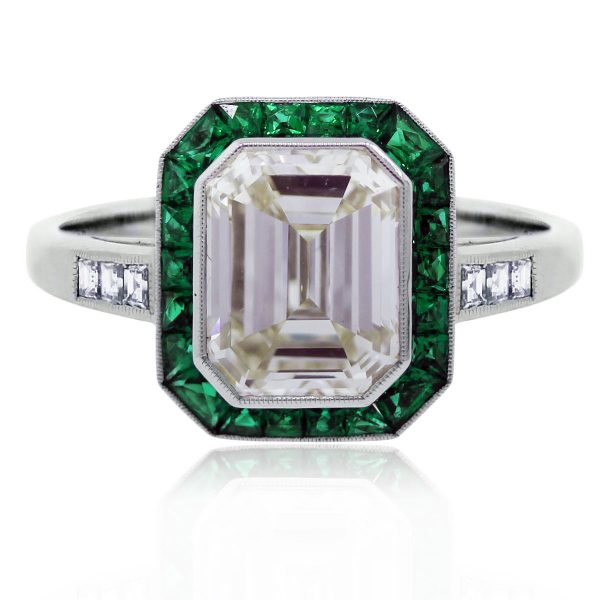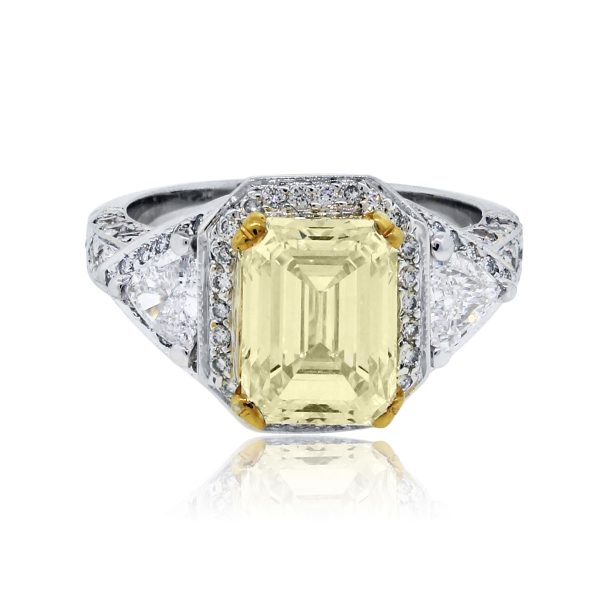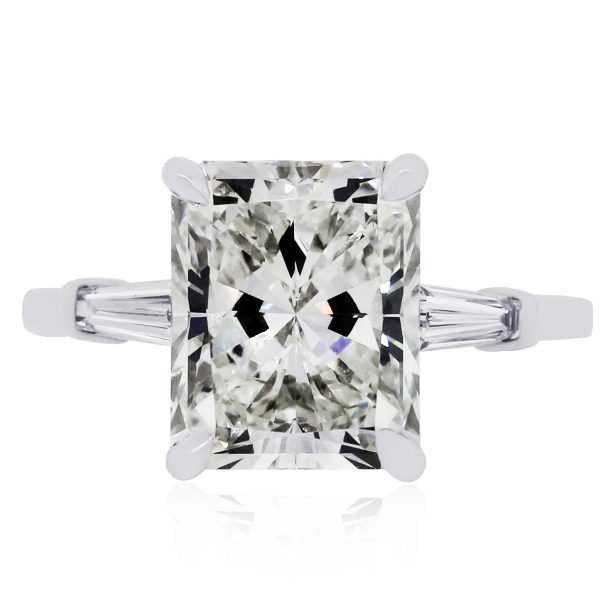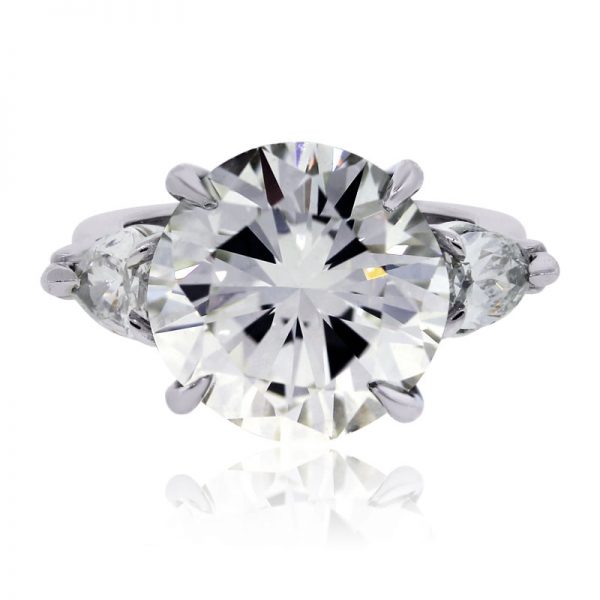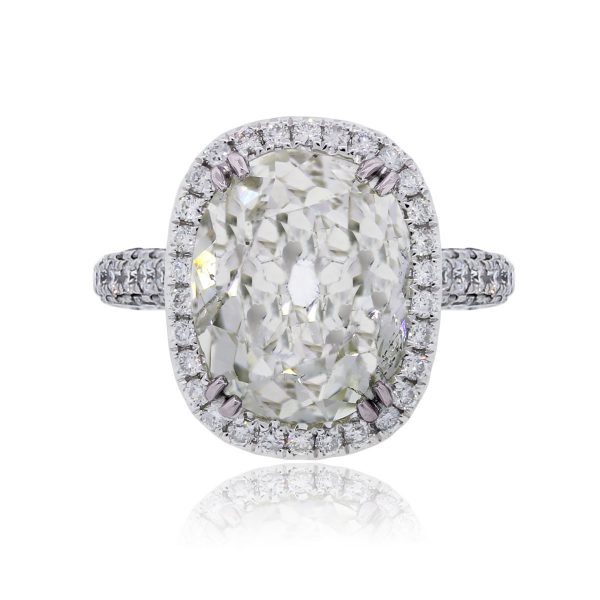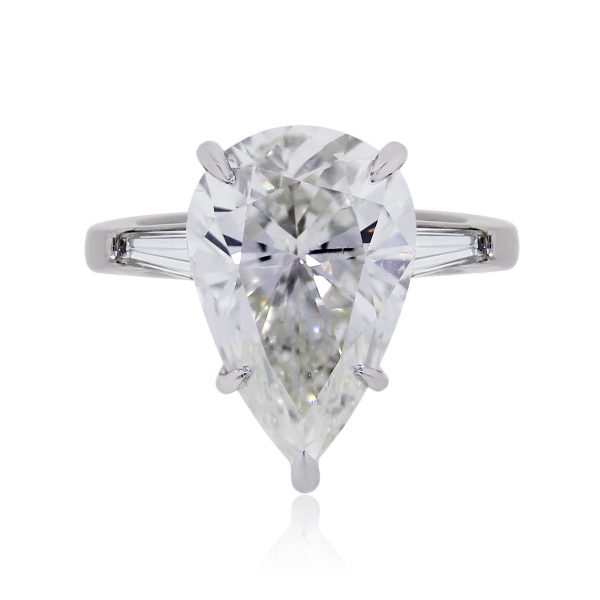What is the Most Important of the 4 C’s?
If you have ever purchased a diamond, or are in the market to buy a diamond, you may have heard about the 4 C’s of diamond buying. These are cut, color clarity and carat…but just knowing what each C stands for is not enough when it comes to making a wise purchasing decision. It is important to know exactly what to look for in each diamond in relations to each C. This article will go into depth on each C and what it means and answer that burning question ‘what is the most important of the 4 C’s’??! Pawn Diamonds Boca Raton.
Cut
The cut of a diamond simply refers to how it is cut, but this can have a huge impact on the value of the diamond. A diamond that has a good cut will show the gem’s sparkle and fire. A poor cut can make even the most high grade diamond look dull and lifeless. A cut that is too deep will also make a diamond look smaller than it actually is.
Diamond cut can be rated on a chart of ideal, very good, good and poor/fair. There is also an extremely rare 1% category for diamond cuts. Diamonds in the 1% rating will gather and reflect the most light possible.
Although everyone must select a diamond that best suits their budget, it is recommended that you buy a diamond that is rated as very good or above when considering cut.
The cut of the diamond can also refer to the shape of the diamond. The one you choose can be a matter of personal taste, but there are definitely certain diamond shapes that are more popular than others and can best show off the diamond’s sparkle, making these cuts more expensive in general. Some popular shapes include the following:
Round, Brilliant Cut: This is the most popular shape of diamonds and this is in part due to the cut’s ability to best bring out the gem’s sparkle and fire. Higher quality grades will work to bring out the diamond’s brilliance.
Princess Cut: Available in both square and rectangular shapes, these are also cut to show the brilliance of the diamond. The unique cut shows the color throughout the gem unlike most other diamonds where color is visible only in the center.
Marquise Cut: Narrowing at both ends and thick in the middle, marquise diamonds are best described as featuring a diamond shaped cut. It is the perfect shape for emphasizing the size of the diamond and can also provide an elongating look for slender fingers.
There are a number of other popular cuts including the cushion cut, radiant cut, emerald cut, oval cut and pear shaped. Be sure to find out more about each cut to decide which is right for you and which show the diamond to its best advantage.
Color:
The second C to be discussed is color. Ideally, a diamond will be colorless. Many diamonds show a yellowish tint and the more yellow a diamond contains the less it will be worth.
The color of a diamond is rated on the GIA color scale with letters of D-Z. A D diamond is closest to colorless while diamonds that show more color are rated towards the end of the alphabet. For the most part, color changes will be invisible to the naked eye, but experts are able to detect these and they can account for considerable changes in value and price.
A diamond that shows a lot of yellow can be offset by a yellow gold band while a clearer diamond will look good with white gold or platinum.
Clarity:
The clarity of a diamond is measured by how clear, or how free of blemishes and inclusions it is. Surface flaws are called blemishes while inclusions are buried deep in the stone. Most blemishes and inclusions are invisible to the naked eye but can be seen by experts and will affect the value of the diamond.
The clarity of the diamond is rated on a scale of initials that represent how clear the diamond is. FL stands for nearly flawless. Other ratings are VVS or very, very slightly included, VS or very slightly included, SI or slightly included. I1 and 13-12 are used for diamonds that are more heavily included.
VS and SI diamonds tend to offer the best value. These gems have no inclusions that are visible to the naked eye but do not have the high price tags of the extremely rare diamonds that are nearer to flawless.
There are a number of factors that will affect the clarity of the diamond. One of these is the shape.
Emerald and Asscher shaped diamonds have rectangular facets that emphasize transparency allowing you to see further into the diamond and making inclusions more visible. For these diamonds, it is important to choose a clarity of VS1 or better to make sure inclusions won’t be visible.
On the other hand, cuts like round, princess, oval, marquise, pear and heart shaped will not require such a high clarity grade. Their cuts will help to hide inclusions.
Another factor that will affect clarity is the size of the diamond. Bigger diamonds have bigger facets (mirror like surfaces that appear on the diamonds). This also makes inclusions more visible. Be sure to go for a higher clarity grade if you are buying a larger diamond.
When looking for inclusions, there are several factors that will ultimately affect the rating the diamond ends up getting. These include:
Size: First an expert will look at the size of the inclusions. The bigger or more noticeable the inclusion is, the lower the grade is likely to be.
Number: Next an expert will look at how many inclusions are present. The more inclusions there are, the lower the grade will be.
Position: The third thing a jeweler will be looking at is the position of the inclusion or characteristic. If the inclusion is under the table and close to the pavilion, it will be most visible and inclusions will become reflectors having a big impact on the clarity grade.
Nature: The nature refers to whether inclusions of internal or external. Internal inclusions are more heavily considered in lowering the grade of the diamond. Color and Relief: This refers to how easily seen the characteristic is in contrast to the surrounding diamond.
Carat:
Though some people think carat refers to the size of the diamond, it actually refers to its weight. One metric carat is defined as 200 milligrams and can be subdivided into 100 points allowing for a very precise measurement to the hundredth decimal place.
A diamond that is less than one carat may be described in points alone. For instance, a diamond that is a quarter carat may be described as a twenty five pointer while one that is 1.08 carats might be described as a ‘one point oh eight’.
For the most part, the value of a diamond will increase as it carat weight increases, but this can also be affected by the clarity, color and cut of the diamond.
Carat Fun Fact #1: The term carat originated from the measurement of a carob seed. Jewelers used these tiny seeds as counterweights on their balance scales.
Carat Fun Fact #2: In the world of carats, there are magic sizes. These are half, three quarter and full carat. The weights in between can really affect the value of a carat so that a diamond that is .99 carats will be worth much less than a full carat diamond, even though the difference will be barely visible to the eye. A smart shopper will go with the smaller diamond to save money on a gem that essentially appears to be a carat in weight.
What is the Most Important of the Four C’s?
Now that we have reviewed the four C’s, it’s time to answer that burning question…which is the most important of the four C’s? Drum roll please…
This would be the cut. Because the cut of the diamond is so important to its appearance, it makes a huge impact on how much the diamond is worth and is, therefore, the most important of the 4 C’s to be considered when making a purchase.
Your Diamond as an Investment
Although diamonds are precious to us, there comes a time when we are in a cash crunch and we might look to these gems as a way out. Though selling a diamond is always an option, and maybe an attractive one if it was given to you by a former fiancé, it may be a better choice to get cash for the gem and still be able to keep it. Doesn’t seem possible, you say? Read on to find out how to make this a reality.
Pawn shops are known as places where you can sell your luxury items. But did you know they offer loan options as well? To get a loan at a pawn shop, all you have to do is bring in your item. They will appraise it to determine its worth and offer you a loan based on its value. The loan won’t be for the full value of the diamond, but probably around 60-70% of its total worth.
If you agree to the amount of the loan, terms will be set up so that you will be making regular payments including the amount of the loan, fees and interest rates. Once the loan is paid off, your item will be returned to you. If you are unable to pay off the loan, the pawn shop will keep your item but the unpaid amount will never go into collections or show up as an unfavorable mark on your credit.
Finding the Best Pawn Shop for Your Loan
If you are looking for a pawn shop where you can get a loan for your diamond, you should be aware that not all pawn shops are created equal. Some will offer you higher values and lower interest rates for your diamonds, and, ideally, these are the ones where you will want to trade in your items.
If you are in the South Florida area, Boca Raton Pawn will be your ideal destination for getting a loan on your luxury items. They offer the lowest rates and highest values making sure you get the most for your diamond and can make affordable payments until you can get it back.
BRP makes the loan process easy. They can appraise your item and set up the terms of your loan quickly. You can walk out in just minutes with cash in hand!
And not only is Boca Raton Pawn a great place to get a loan for your item, it’s a great place to shop in general. Specializing in luxury items, they always have a great selection of high end goods at discount prices. And their knowledge of these goods ensures that they know what these items are worth and will always treat them with the utmost care.
Boca Raton Pawn specializes in handbags, watches and luxury jewelry and there are certain brands they are more likely to accept than others. It is best to check out their web site before going in to sell or get a loan to make sure the item you bring in is one they are likely to accept. Also, be sure your item is in the best condition possible as any damage could result in your item not being accepted or getting a lower evaluation.
Square shaped or pear shaped, you know what they say! A diamond is a girl’s best friend! This is especially the case when these gems can get you out of a financial bind. If you have a diamond that you would like to sell or put up for a loan, consult Boca Raton Pawn. With the highest value and lowest interest rates, they are sure to get you the help you need.
